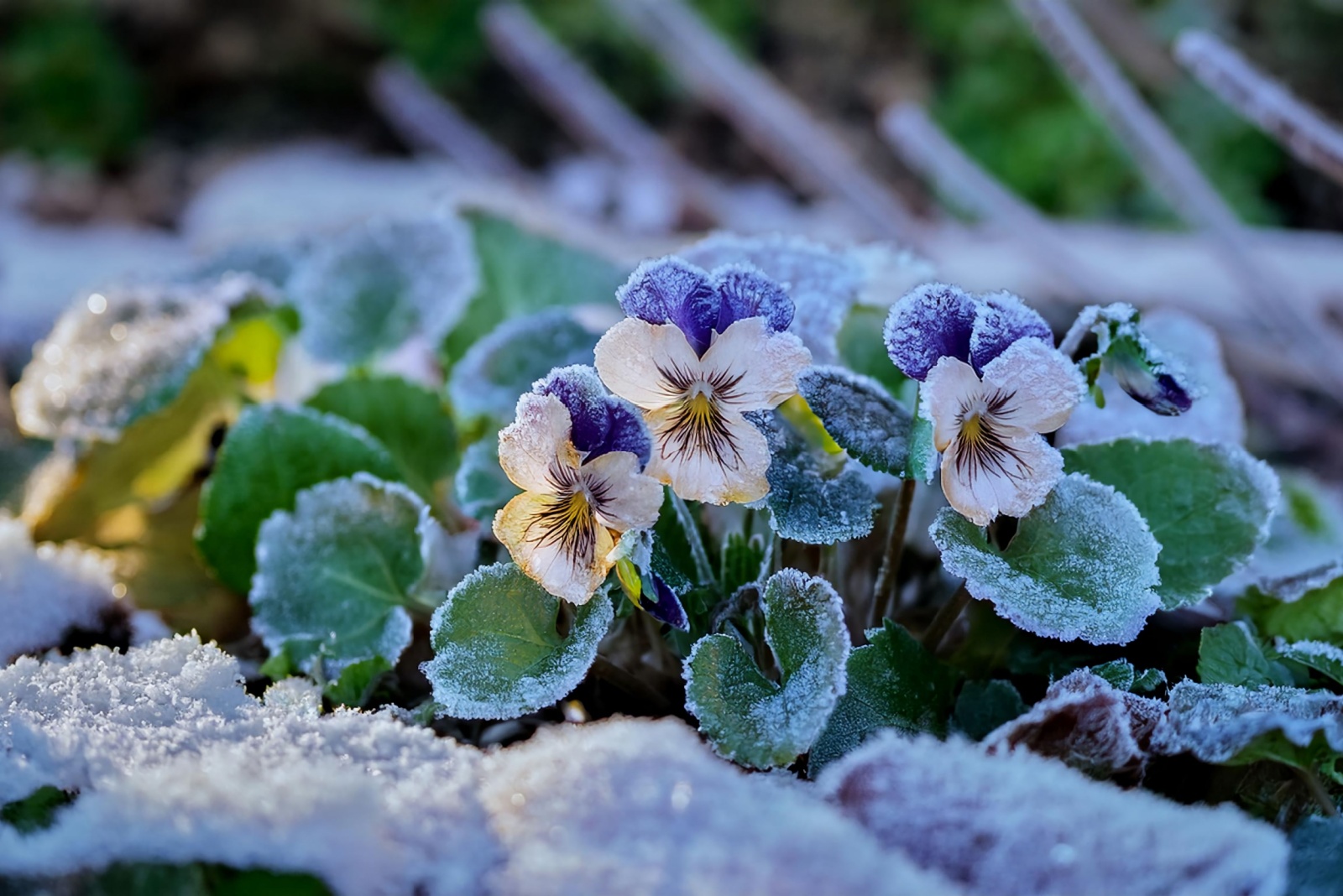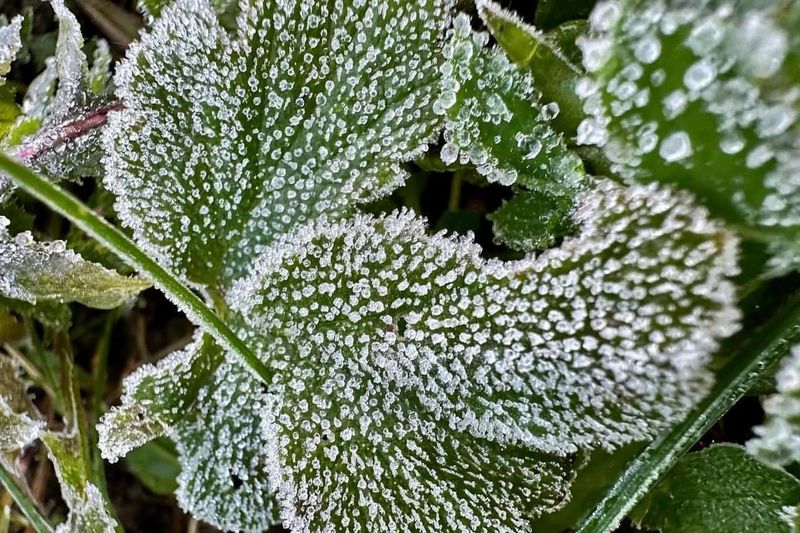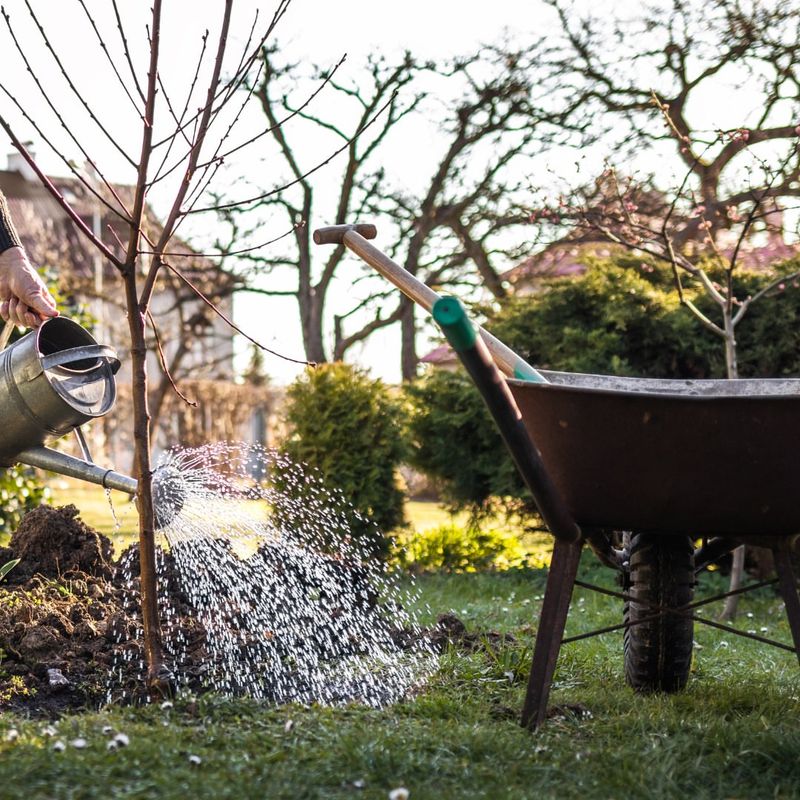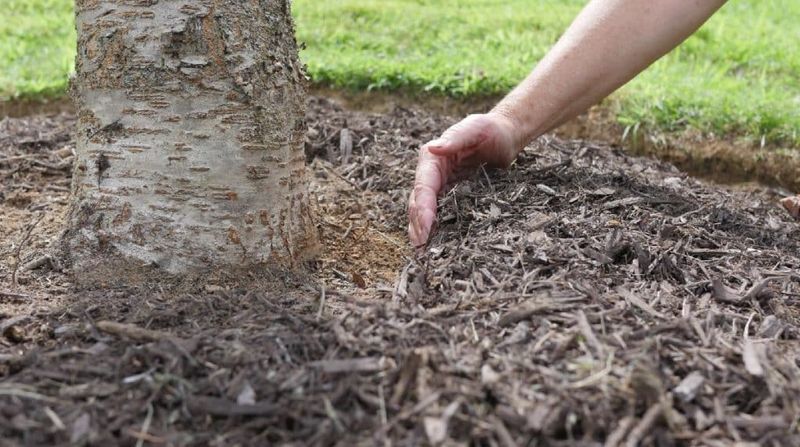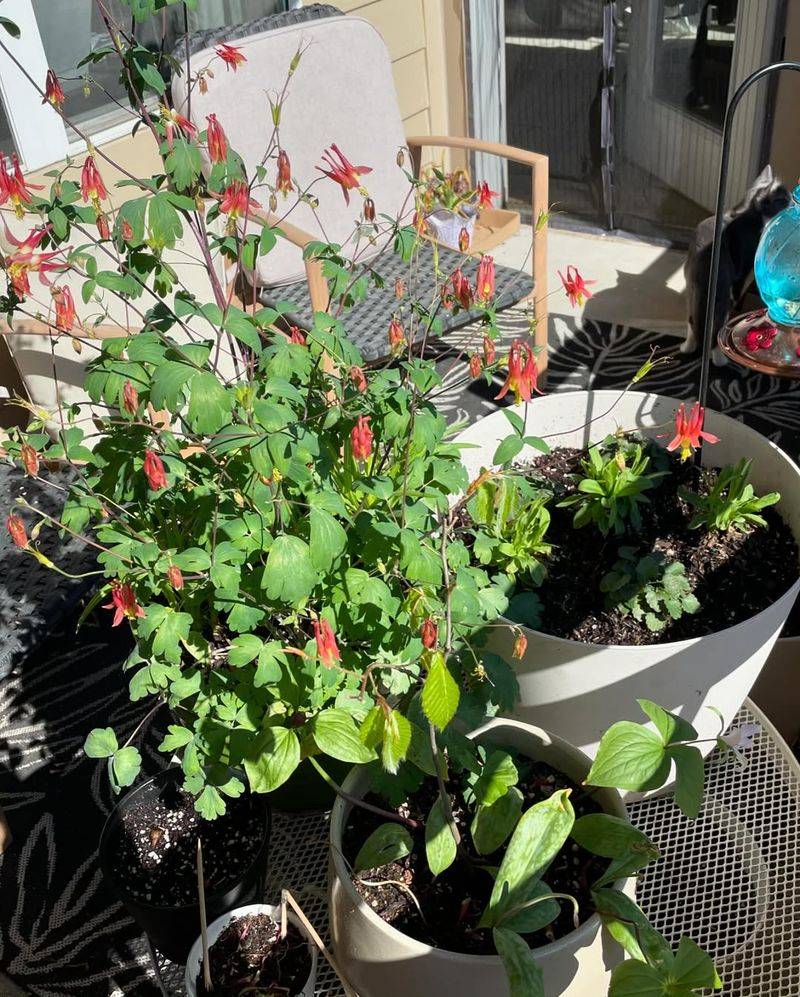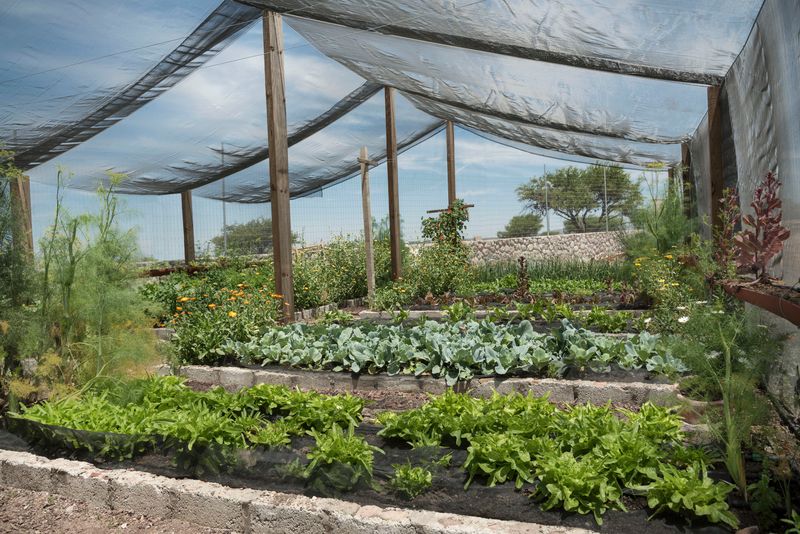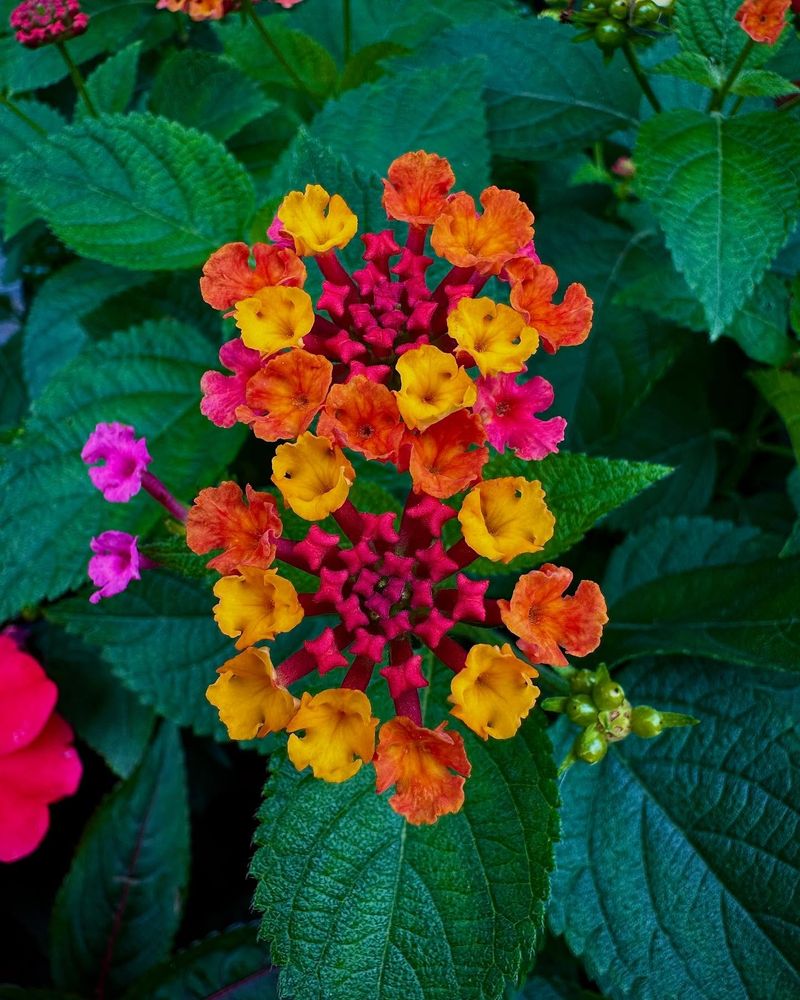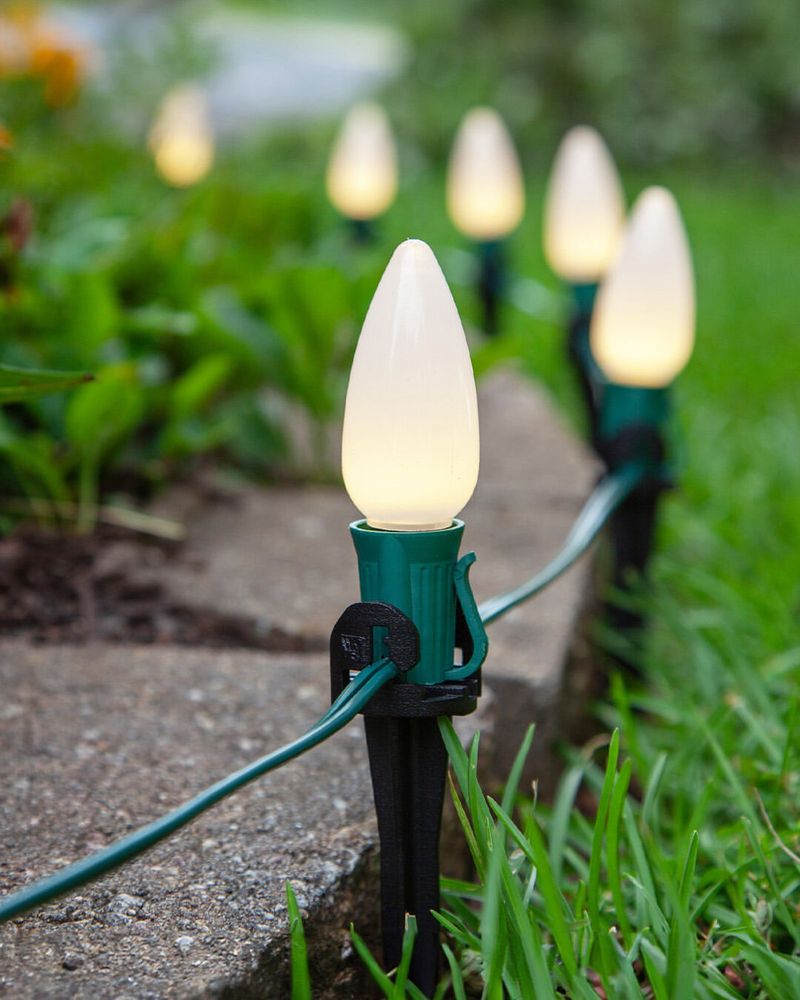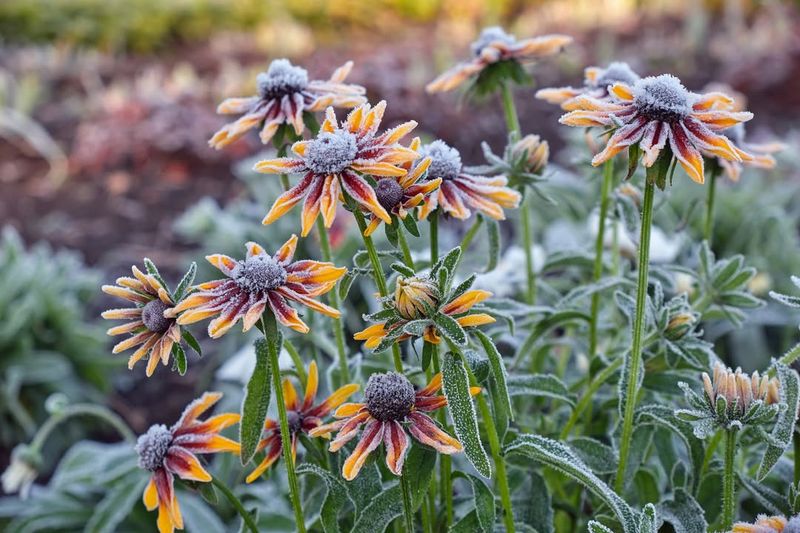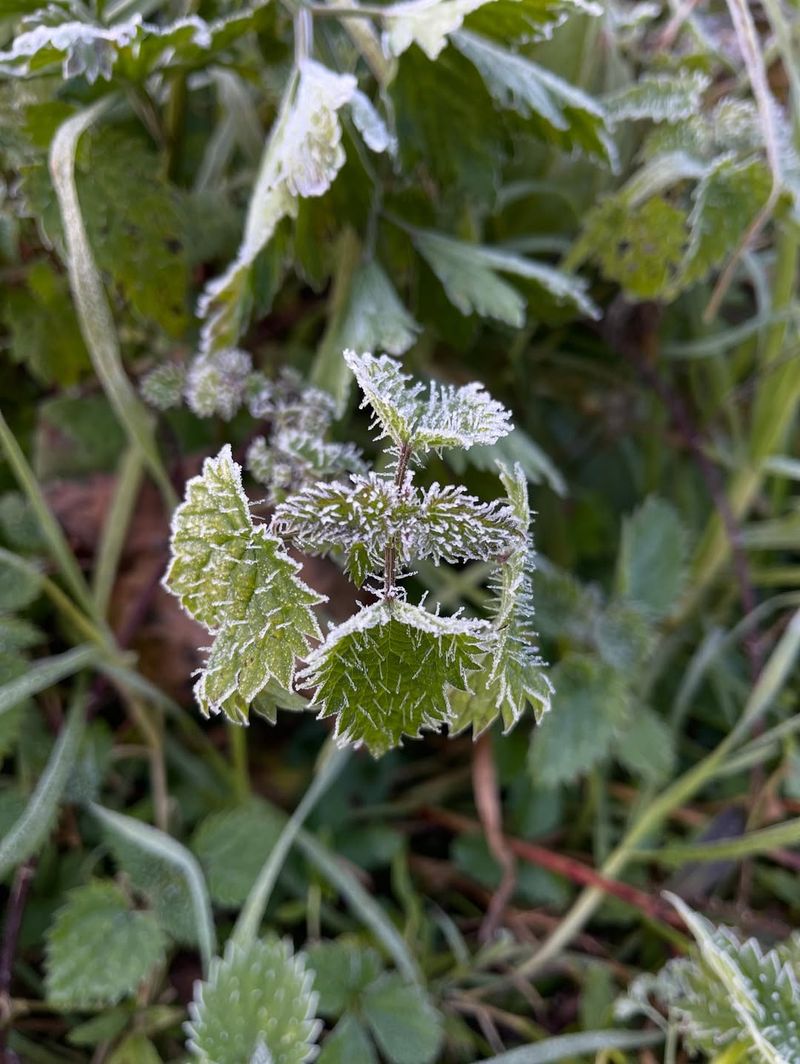North Carolina winters can be unpredictable, with sudden cold snaps threatening your beautiful garden plants. Tender perennials need extra care when temperatures drop below freezing, or you might lose them forever.
Protecting these delicate plants doesn’t have to be complicated or expensive. With a few smart strategies, you can keep your favorite flowers and foliage thriving through even the coldest nights.
1. Cover Plants With Frost Cloth Before Nightfall
Frost cloth acts like a cozy blanket for your North Carolina plants when temperatures plummet. Drape the lightweight fabric over your perennials before sunset, making sure it reaches all the way to the ground to trap warm air underneath.
Use stakes or rocks to hold the edges down so wind doesn’t blow it away during the night. Remove the covering in the morning once temperatures rise above freezing.
Bed sheets or burlap work too if you don’t have frost cloth handy.
2. Water Your Plants Thoroughly During The Day
Moist soil holds heat much better than dry ground, creating a protective warmth zone around plant roots. Water your North Carolina perennials deeply in the afternoon before a predicted frost, allowing time for the moisture to soak in completely.
Wet soil releases heat slowly throughout the night, raising the temperature around your plants by several degrees. Never water in the evening though, as wet foliage can freeze and damage plant tissues.
Check soil moisture first to avoid overwatering.
3. Apply A Thick Layer Of Mulch Around Plant Bases
Mulch works as natural insulation, keeping North Carolina soil temperatures steady even when air temperatures swing wildly. Spread a 3 to 4 inch layer of pine straw, shredded leaves, or wood chips around each plant, creating a protective barrier.
Keep mulch a few inches away from stems to prevent rot and moisture problems. The insulation effect protects roots from freezing, which is often more important than protecting the leaves above.
Add more mulch as winter progresses and it breaks down.
4. Move Container Plants To Sheltered Locations
Container plants face extra danger because cold air surrounds the entire pot, freezing roots from all sides. Relocate potted perennials to protected spots like covered porches, garages, or against south-facing walls where they’ll stay several degrees warmer.
North Carolina buildings radiate stored heat at night, creating microclimates that shield plants from the worst cold. Group containers together so they share warmth and block wind for each other.
Even an unheated garage offers better protection than open exposure.
5. Install Temporary Windbreaks Around Vulnerable Plants
Cold North Carolina winds make frost damage worse by stripping away the thin layer of warm air surrounding plants. Create simple barriers using stakes and burlap, wooden boards, or even stacked bales of straw on the side where prevailing winds blow from.
Windbreaks don’t need to be tall or fancy to work effectively. Position them a few feet away from plants rather than right against them for best air circulation.
Leave the south side open to catch warming sunshine during the day.
6. Group Plants Together For Shared Warmth
Plants huddled close together create their own microclimate, sharing moisture and warmth that helps everyone survive. Move portable containers into tight groupings, and plan permanent beds with tender perennials planted near each other rather than scattered across your North Carolina yard.
The combined leaf surface releases moisture that slightly raises humidity and temperature in the cluster. Taller plants can shelter shorter ones from wind and radiating cold.
Think of it as plants keeping each other company through tough times.
7. Use Outdoor Christmas Lights For Gentle Heat
Old-fashioned incandescent bulbs generate surprising amounts of heat that can save plants on freezing North Carolina nights. String lights through the branches of tender perennials, then cover everything with frost cloth to trap the warmth inside.
LED lights won’t work for this trick because they stay cool, so dig out those vintage bulbs from storage. The temperature boost is usually enough to prevent frost damage without overheating plant tissues.
Turn lights on at dusk and off after sunrise for best results.
8. Avoid Fertilizing In Late Summer And Fall
Fertilizer encourages soft new growth that’s extremely vulnerable to frost damage and won’t have time to harden off before winter. Stop feeding perennials by late August in North Carolina, giving plants time to naturally slow down and prepare for dormancy.
New tender shoots freeze easily and can damage the entire plant when ice crystals form inside cells. Plants that enter winter in a hardened, dormant state survive cold much better than actively growing ones.
Resume fertilizing only after the last spring frost passes.
9. Monitor Weather Forecasts And Act Quickly
Frost often arrives with little warning in North Carolina’s variable climate, so staying informed gives you crucial preparation time. Check local weather forecasts daily during fall and early spring, paying special attention to overnight low temperatures and frost advisories.
When forecasters predict temperatures near 32 degrees Fahrenheit, start protecting plants that same afternoon. Even a few hours of preparation can mean the difference between thriving plants and frost-damaged disasters.
Sign up for weather alerts on your phone for automatic warnings.

